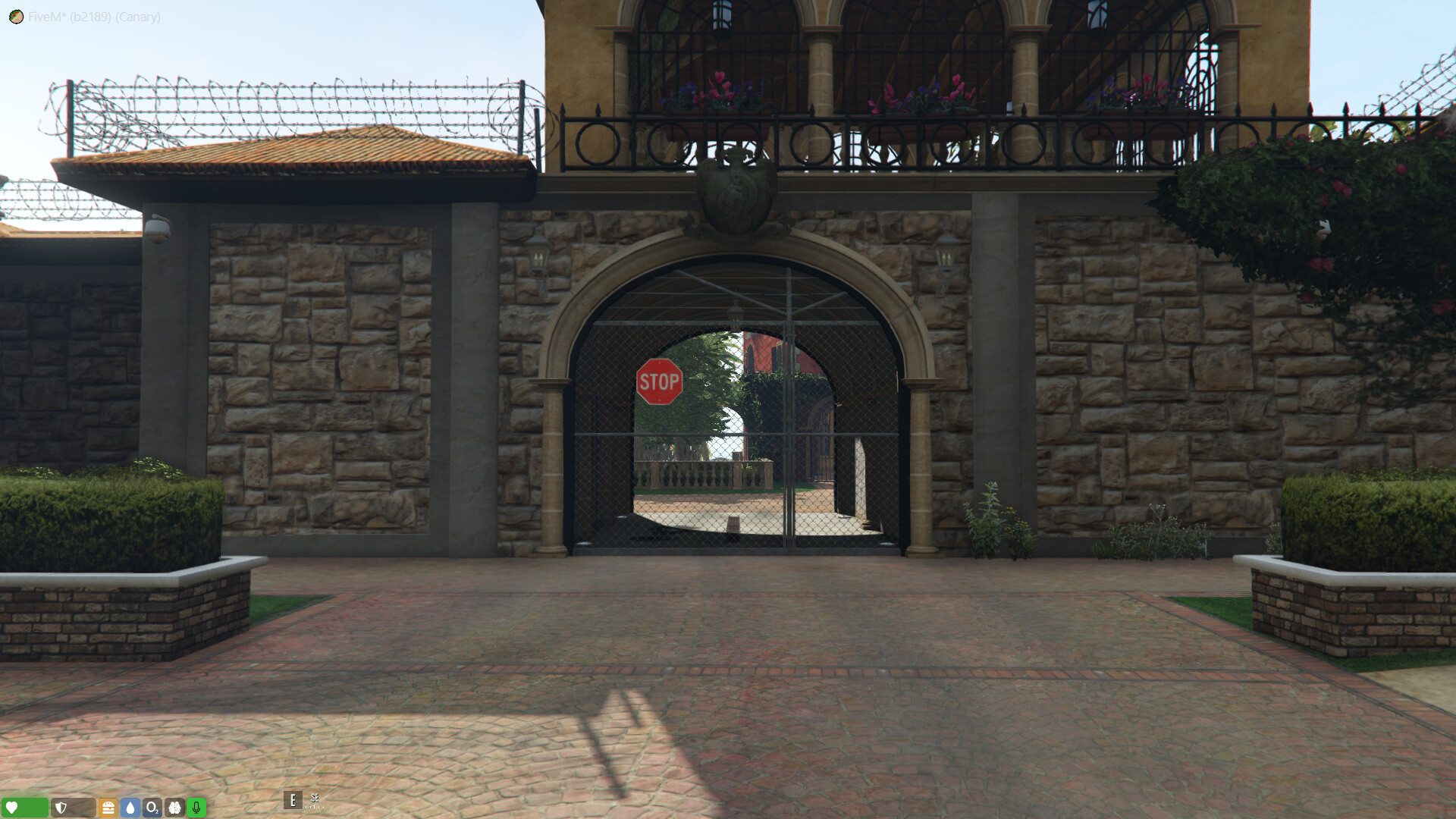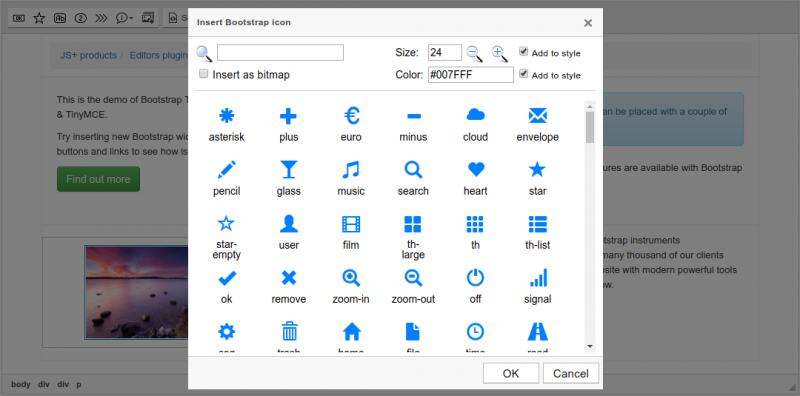
Fix rotation of a video that has the wrong orientation flag set.Change author, title, GPS position, recording time of a video.Change the language of a file's audio/subtitle tracks.Quickly cut a YouTube video by its chapters (or music times from a comment).Quickly cut a file by its MP4/MKV chapters.Export a list of cut times as a CSV EDL and process these in another tool.Import a list of cut times from other tool as a EDL (edit decision list, CSV) and run these cuts with LosslessCut.
INSTRUCTIONS FOR USING GITHUB LOSSLESSCUT MP4
Quickly change a H264/H265 MKV video to MOV or MP4 for playback on iPhone.Include an external subtitle into a video.Combine audio and video tracks from separate recordings.Add music to a video (or replace existing audio track).Extract music track from a video and cut it to your needs.
INSTRUCTIONS FOR USING GITHUB LOSSLESSCUT TV


The main feature is lossless trimming and cutting of video and audio files, which is great for saving space by rough-cutting your large video files taken from a video camera, GoPro, drone, etc. LosslessCut aims to be the ultimate cross platform FFmpeg GUI for extremely fast and lossless operations on video, audio, subtitle and other related media files. Thanks to my supporters and everyone who purchased LosslessCut! Position must be a time duration specification, see (ffmpeg-utils)the Time duration section in the ffmpeg-utils(1) manual.The swiss army knife of lossless video/audio editing When used as an output option (before an output url), decodes but discards input until the timestamps reach position. When doing stream copy or when -noaccurate_seek is used, it will be preserved. When transcoding and -accurate_seek is enabled (the default), this extra segment between the seek point and position will be decoded and discarded. Note that in most formats it is not possible to seek exactly, so ffmpeg will seek to the closest seek point before position. When used as an input option (before -i ), seeks in this input file to position.

So what about this "decoding up until the point" if I put them after -i? How is it beneficial to decode what it's going to discard? It doesn't affect the quality of the stream copy, correct? What do the docs mean below when it says "When doing stream copy or when -noaccurate_seek is used, it will be preserved"? What is being preserved?

So, according to the below excerpt from ffmpeg's docs, putting them before -i will cause it to seek directly to the closest key frame. I'm coming back to this again because I don't quite understand the significance of putting -ss and -t before or after -i.


 0 kommentar(er)
0 kommentar(er)
